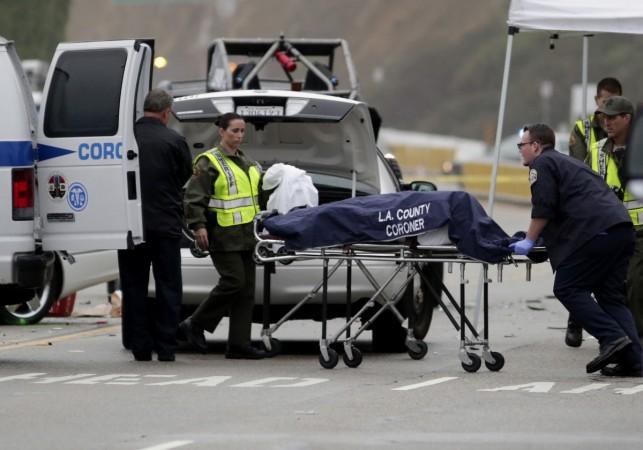
In a bid to reduce fatal road accidents, the Department of Transportation in the United States has now shown tremendous interest in the connected vehicle technology concept through which cars will communicate with each other through custom signals directly thereby reducing and even potentially eliminating car crashes in the country.
The vehicle-to-vehicle (V2V) communication, upon full public deployment, would offer a complete picture of road conditions and situations that warrant accidents. Also, once the V2V technology is implemented broadly, then auto makers can even implement these standards within their respective cars (generally light motor vehicles) so that vehicles send custom signals to other 'connected' vehicles thereby helping in avoiding accidents and on-road wreaks.
The US National Highway Traffic Safety Administration (NHTSA) is also said to be formulating guidelines to be issued, with respect to V2V communication, to traffic experts for developing comprehensive plans to incorporate the technology within new vehicles thereby enabling these to 'talk' to essential on-road elements such as traffic signals, stop signboards in addition to other vehicles to help minimize accidents and even combat traffic congestion on the roads.
"V2V and automated vehicle technologies each hold great potential to make our roads safer, and when combined, their potential is untold," Mark Rosekind, an administrator at the NHTSA, said in a statement.
Folks at the NHTSA estimate that upon deployment of V2V communication, fatal accidents at roadways would reduce by as much as 80 percent. Fatal crashes include those occurring when drivers randomly change lanes, and do not indicate while taking turns.
With V2V communication, drivers would also get real-time information on all important on-road aspects to be followed. Drivers can gauge these inputs and even decide about the safety on a particular road or during a particular situation. V2V communication technology is also estimated to serve as a boon even in long-term situations such as displaying road conditions when a driver is still 100 yards away from a particular 'danger' spot. This data also has the potential to help drivers take immediate decisions so as to reduce collisions.
"That data would be updated and broadcast up to 10 times per second to nearby vehicles, and using that information, V2V-equipped vehicles can identify risks and provide warnings to drivers to avoid imminent crashes," opine NHTSA officials.
As of now, V2V communication technology is still in the conceptual stage; the NHTSA has invited the public in the US to come out with respective comments and suggestions.

















